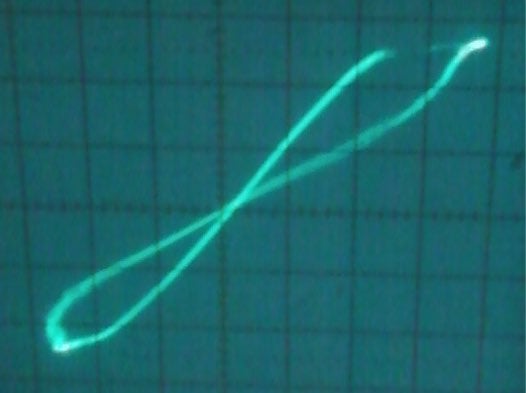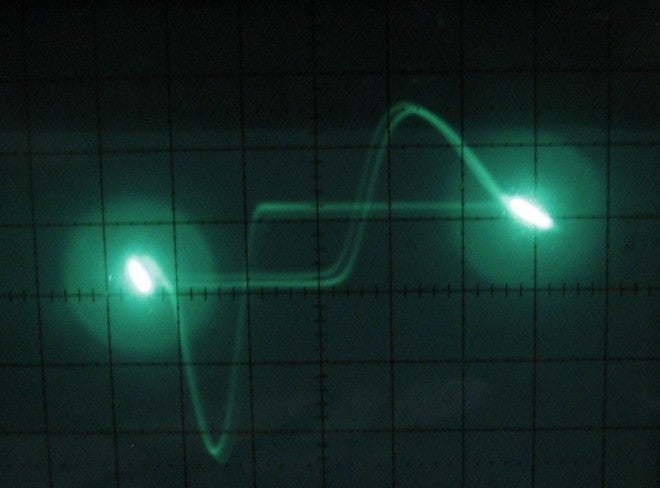The .22 case design dates back over 150 years to 1845 when a Frenchman named Flobert invented the .22 CB cap. Some years later the case length was extended to make the .22 Short, then extended again to make the .22 Long and finally the load was modified to produce the .22 LR, 40 years after the original invention of the .22 CB cap. So what does this have to do with Memristors, and what the heck is a Memristor?
Memristors are the future of computing. They are a electrical component similar to a resistor, only their resistance increases or decreases, depending on polarity of a current passing through them. Imagine an incandescent light bulb (which are in fact resistors) that increases in brightness over time, but if you swap the polarity of the electrical connection it decreases in brightness over time. It is essentially storing a piece of data, the resistance.
What this means is that instead of 16 capacitors being used to store 2 bytes of data in memory, a single memristor could be used instead. Not only would this dramatically increase the amount of data that could be stored, speed up the time it takes to access memory and also save a lot of power, memristors do not lose their memory when the power is turned off. Hard drives and computer RAM could become one and the same, and be equally as fast. The commercialization of memristors will be as significant as the commercialization of the transistor.
So what does this have to do with .22 LR cartridges?
Well a clever guy at the EEVBlog forum developed a DIY memristor at home using a .22 LR case and Copper Sulfide. He coated the case with Copper Sulfide by filling it with sulphur and heating it until the sulphur had burnt away leaving a blackened brass case that had reacted with the sulphur. He then inserted a coil of wire into the case and soldered it onto the base (inside). He then soldered another piece of wire to the outside of the base. He then filled the case with epoxy.


I don’t know how this memristor works, and neither it seems does the inventor, but looking at the oscilloscope trace above, it is definitely a memristor. The only problem is that slowly over time this memristor loses its special properties and becomes a simple resistor. Still, its a good effort for a guy working in his garage using 1840s technology!
Guns and technology, my two favorite things.
 Your Privacy Choices
Your Privacy Choices
